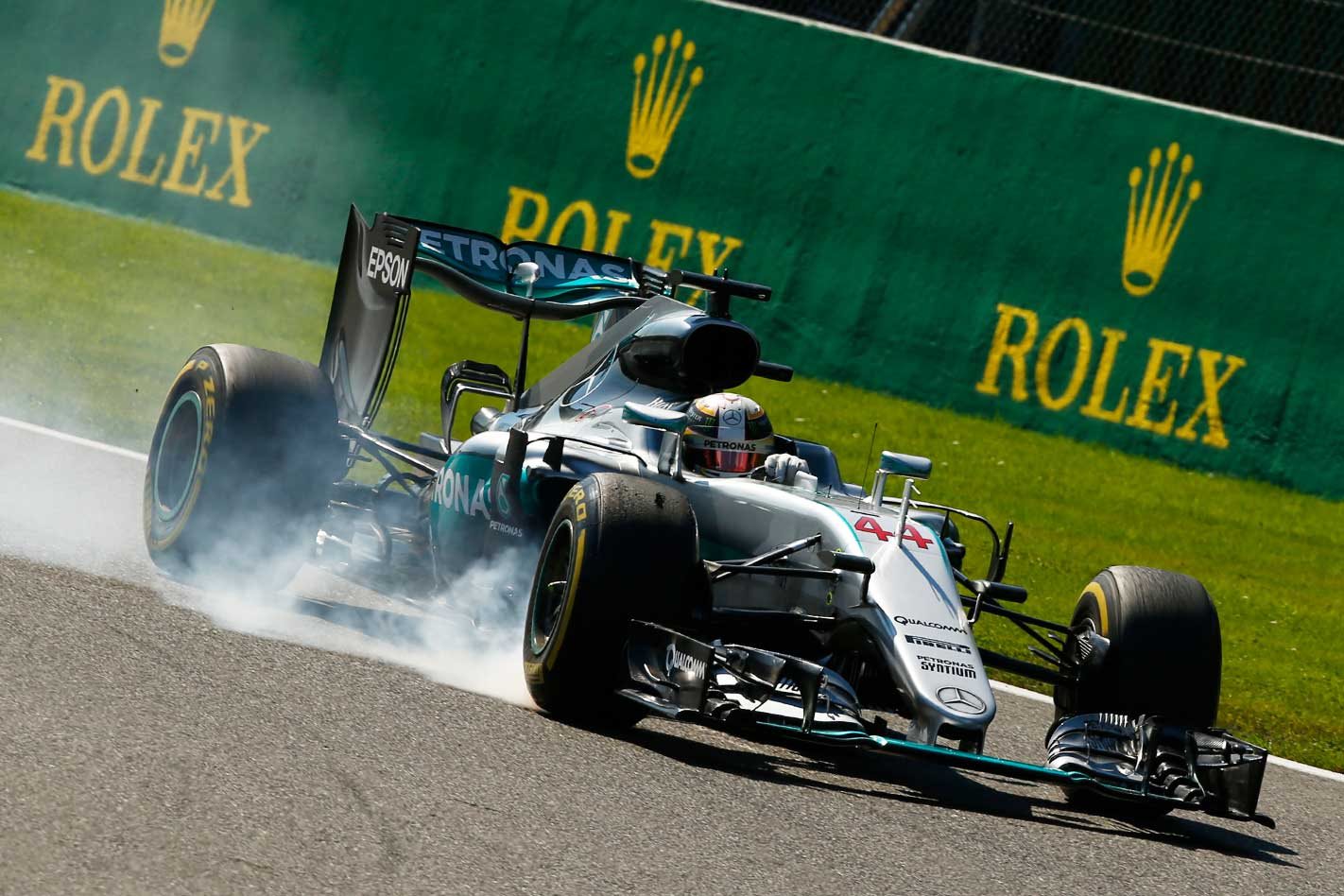When you think about the abilities of a Formula 1 car, its acceleration and downforce are usually what come to mind. But in the last few years the braking systems in F1 have become arguably just as impressive.
Before we dive into how they work, let’s look at the basics of braking and how the previous conventional system worked.
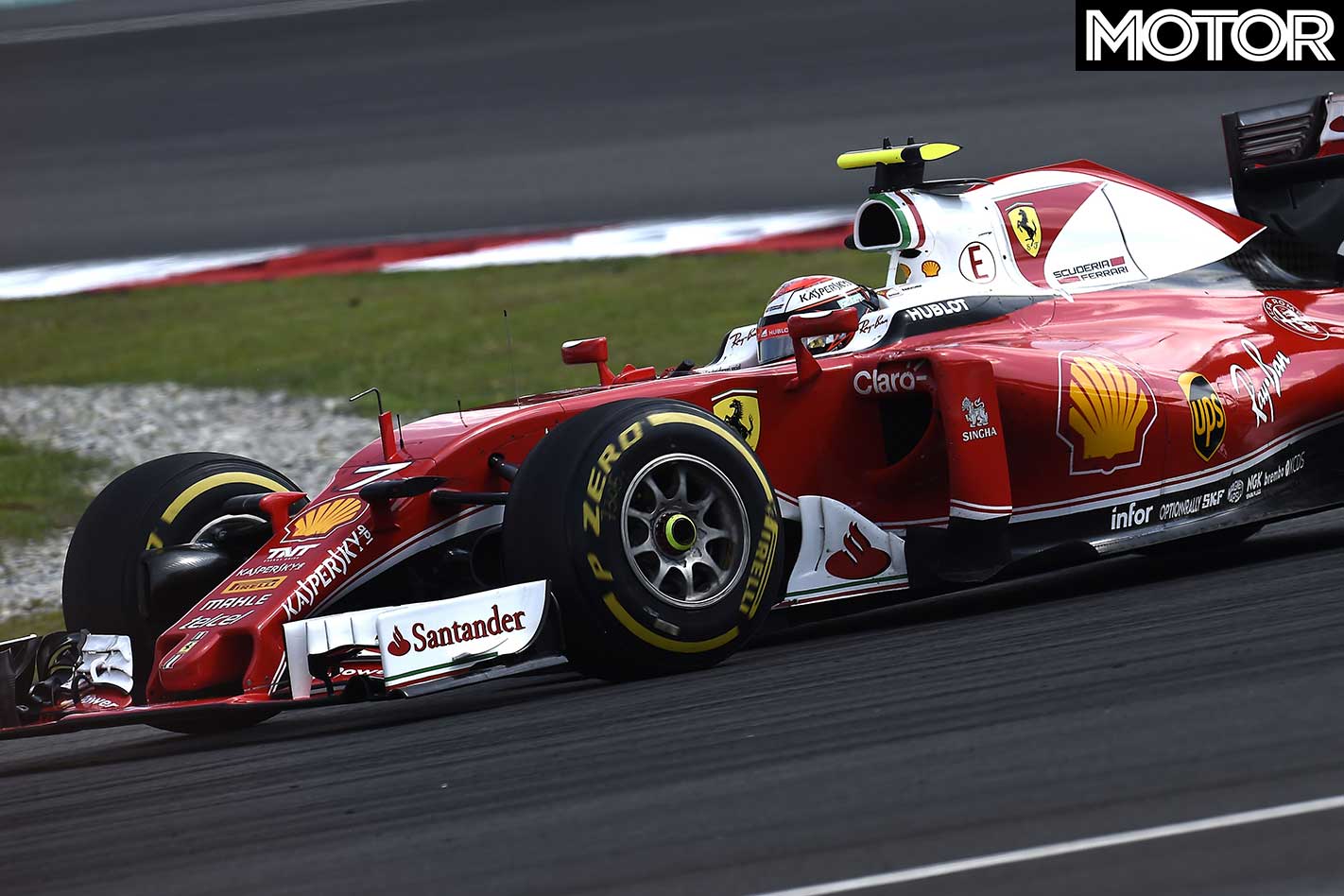
Much like the brakes in your car (unless you own an Alfa Romeo Guilia, but we’ll get to that), the system used pre-2014 in F1 cars had direct physical connection from the pedal to the calliper.
To simplify it somewhat, pressure from the pedal transfers to pressure on the fluid in the brake lines, which in turn does the same to the callipers and, well, more pressure, but this time for the callipers, applying friction to the disks and slowing the car. Rather dramatically, in the case of F1.
In 2009, the kinetic energy recovery system (KERS) was introduced to F1, and this changed the braking game somewhat.
As KERS harvests power under braking, it also creates friction and results in more dramatic deceleration. In 2009 this wasn’t a huge issue for drivers, as KERS was limited to harvest a maximum of just under 60kW. Until 2014, rear brakes were still hydraulic.
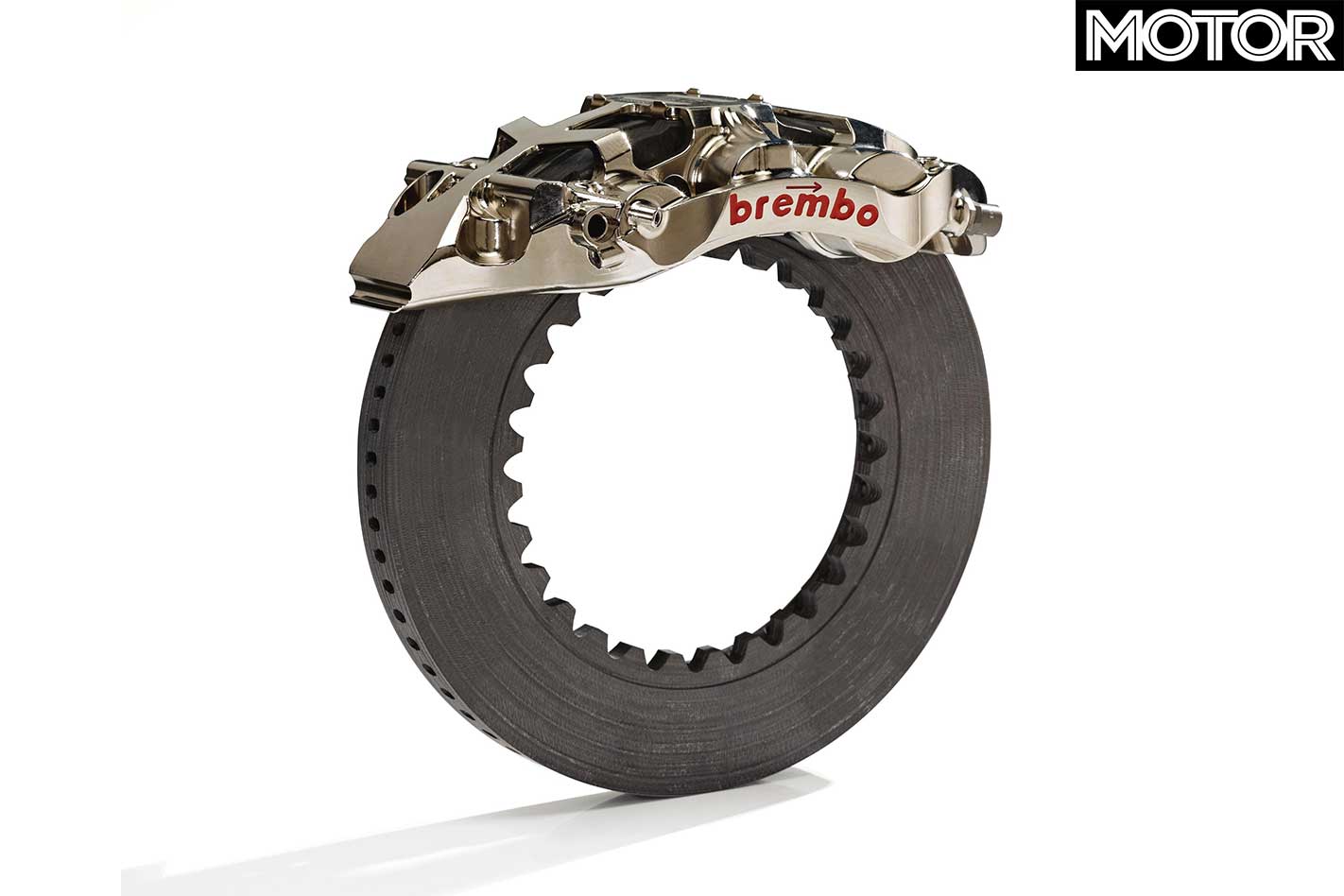
Now, F1 uses a similar system called ERS which applies more friction and is allowed to gather more energy – around 120kW.
Because of this, teams were allowed to use a far more adjustable electronic braking system to better control the pressure applied to the rear brakes for more balance and stability. Front brakes remain hydraulic.
So how does this system work? When a driver brakes, the pedal still pressurises the master cylinder for the rear brakes hydraulically, but the physical connection ends there.
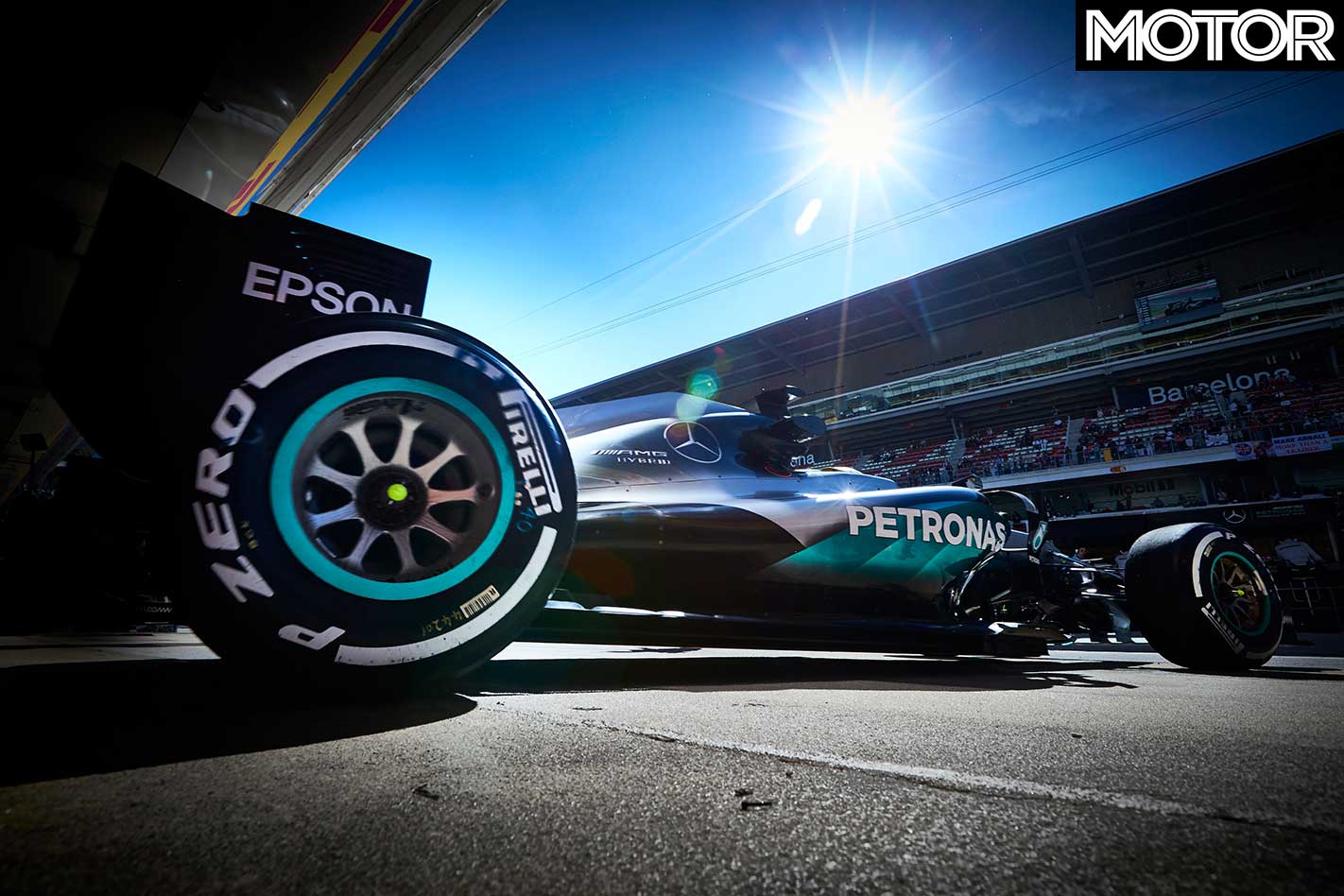
A computer measures the driver’s pedal pressure, and then takes into account both the front brake effectiveness and how much energy the kinetic motor generator unit (MGU-K) is able to harvest before reaching the 120kW storage capacity. The front/rear brake bias chosen by the driver is also taken into account.
While energy is being collected, the brakes will ease off to counterbalance the amount of retardation caused by the friction of the ERS. If the MGU-K is unable to gather any more energy, the rear brakes apply full pressure. If the ECU which controls the rear brakes fail, there’s a backup line to the brakes, though its effectiveness is limited and unable to adjust itself.
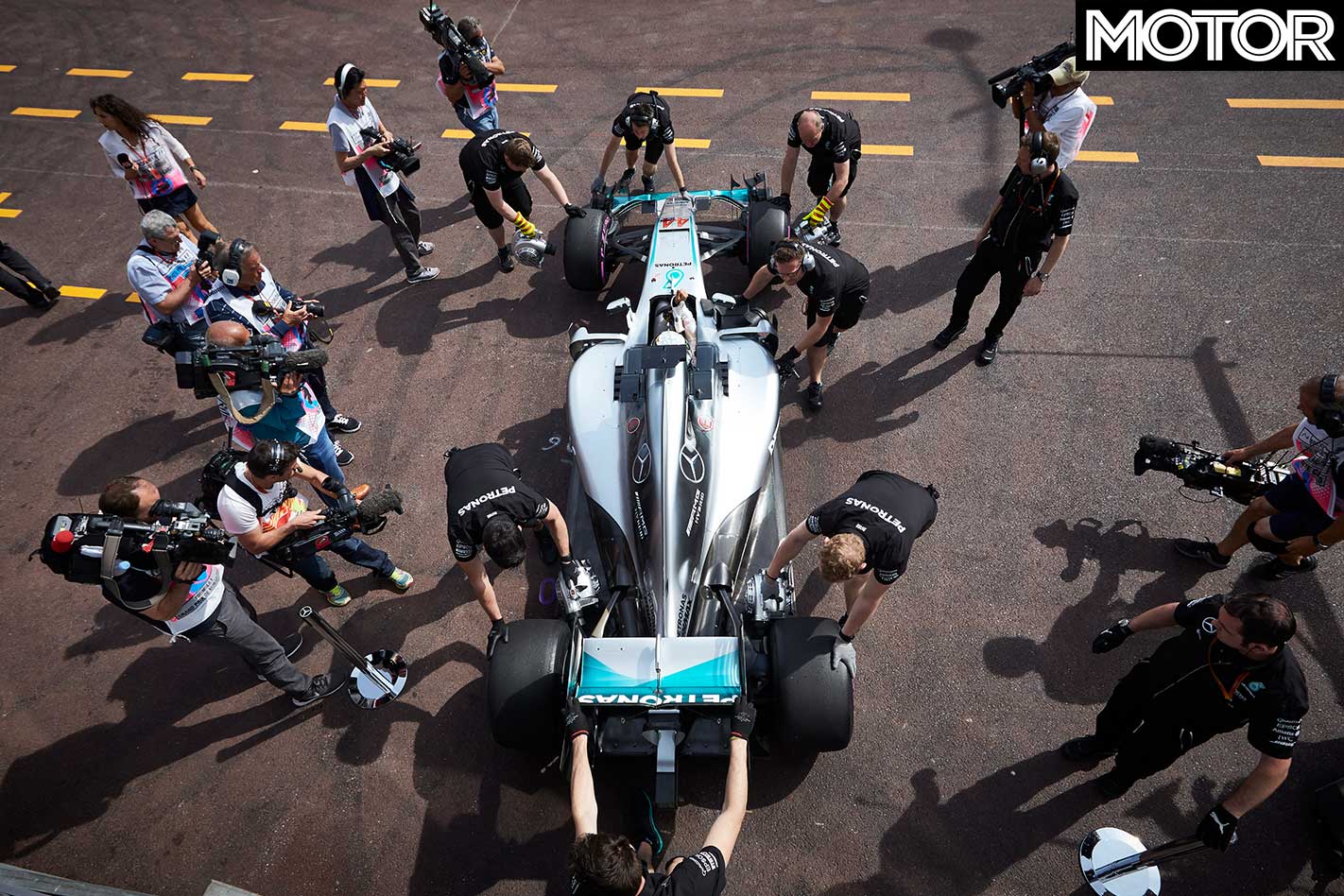
The lower reliance on rear brakes has now meant engineers can use smaller (and therefore lighter) brakes at the rears, with some teams even using four-piston callipers instead of six.
Though brake-by-wire remains primarily the realm of F1 engineering, Alfa Romeo has taken it to the road with its Guilia’s braking system, known as Integrated Braking System (IBS). Mercedes also gave it a try in the early 2000s with Sensotronic, though it didn’t last long, and many cars were recalled.


